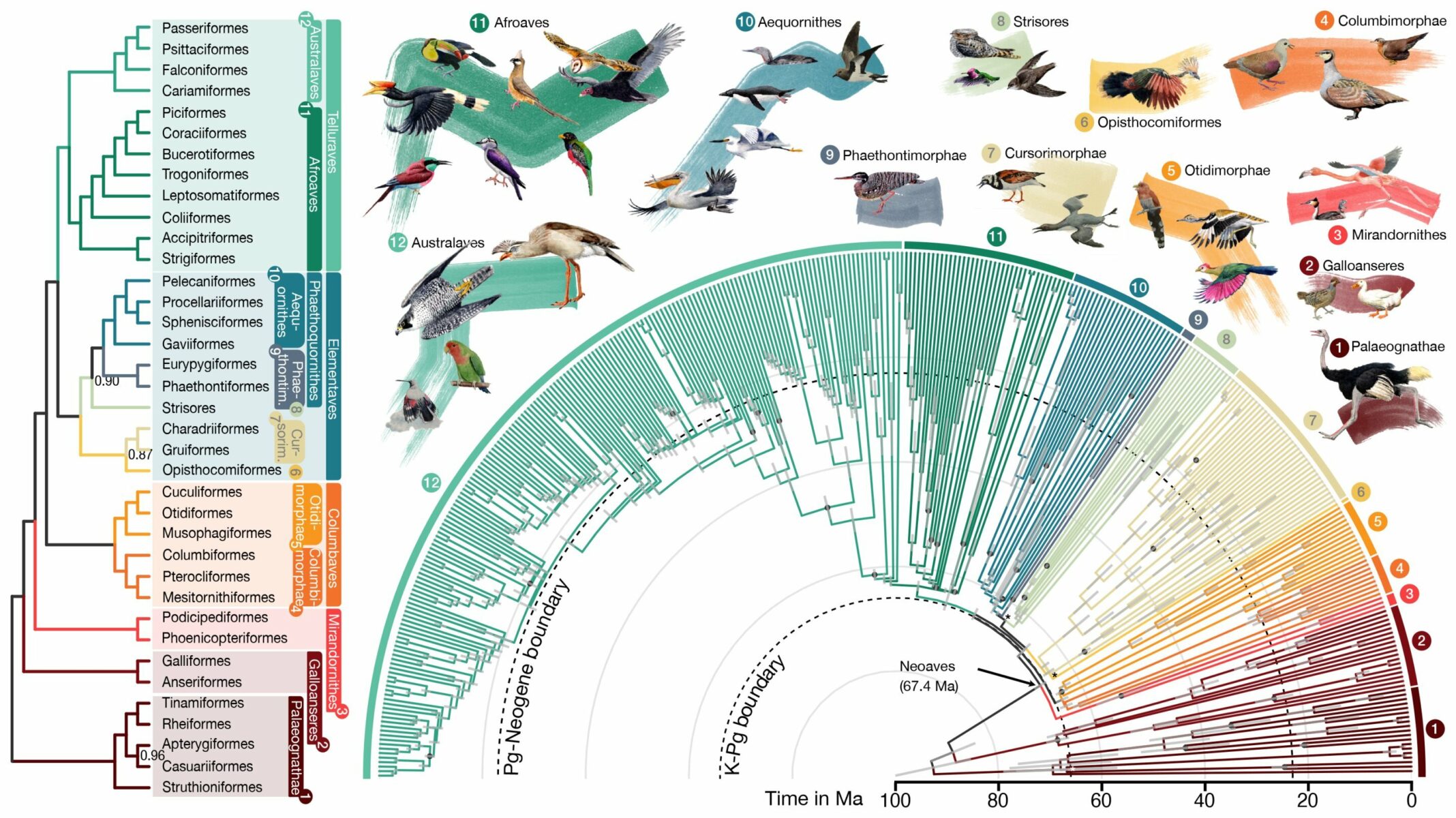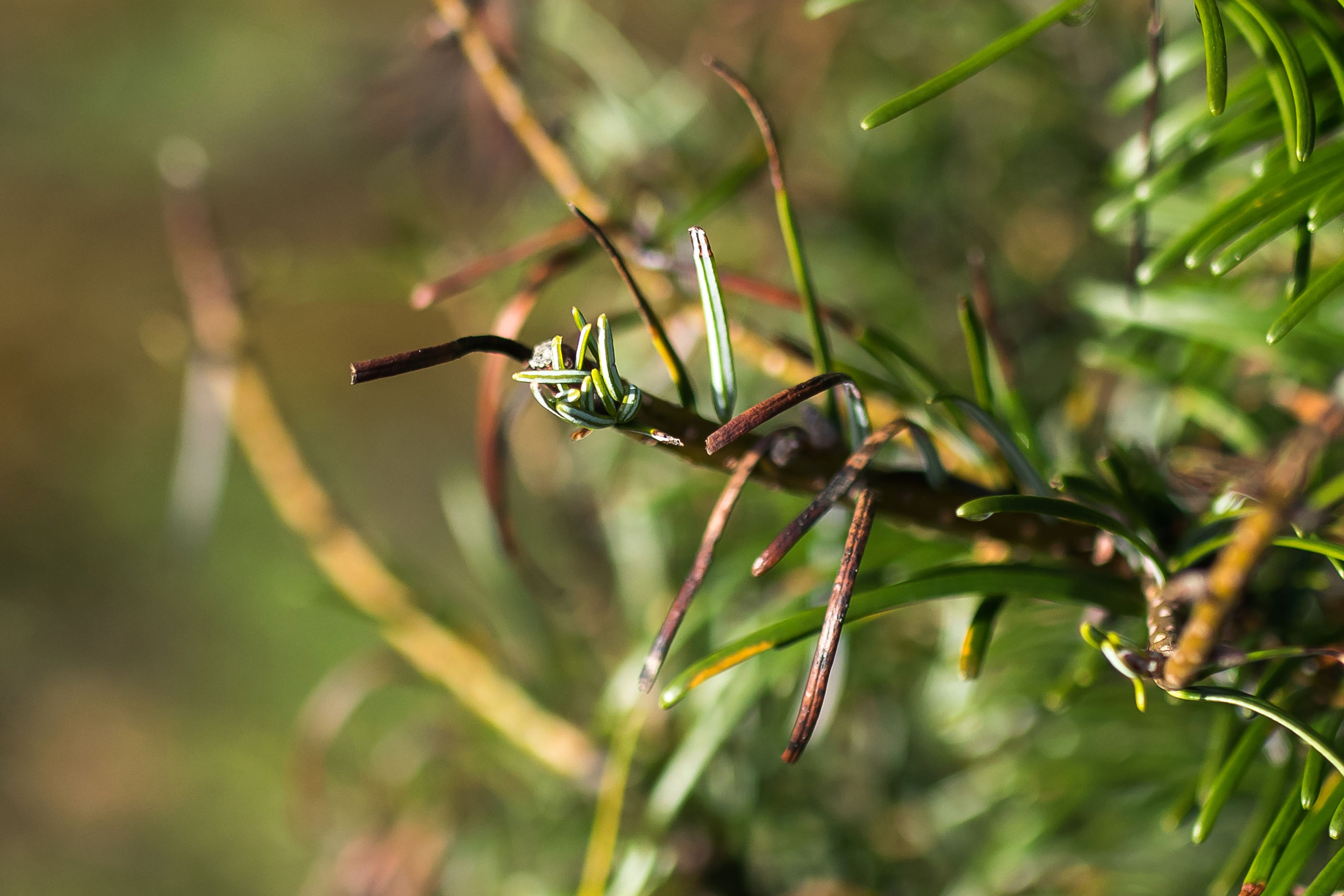An international team of scientists has built the largest and most detailed bird family tree to date using advanced computational methods. This tree includes an intricate chart of 93 million years of evolutionary relationships between 363 bird species, representing almost 92% of all bird families.
The team behind this work includes engineers at the University of California, San Diego, the University of Copenhagen, and Zhejiang University. It is part of the Bird 10,000 Genomes (B10K) Project. Thanks to advanced supercomputing resources, scientists can analyze vast amounts of genomic data with high accuracy and speed. They created a foundation for the most comprehensive bird family tree ever assembled.
Their work has been published in Nature and the Proceedings of the National Academy of Sciences (PNAS). The research, published in the journal Nature, identified trends in the evolution of birds after the massive extinction event that wiped out the dinosaurs 66 million years ago. Following this crucial event, researchers found that early birds had rapid increases in adequate population size, substitution rates, and relative brain size. These findings provide fresh insights into the adaptive mechanisms driving avian diversification.
On the other hand, in a paper published in PNAS, scientists reported observation of one of the branches of the new family tree. They found that flamingos and doves are more distantly related than previous genome-wide analyses had shown.
For this study, scientists used ASTRAL, a suite of algorithms developed to determine evolutionary relationships with unprecedented scalability, accuracy, and speed.

The group combined genomic data from more than 60,000 genomic areas by utilizing the capability of these algorithms. They next studied each genome segment’s evolutionary history individually. Later, they assembled a mosaic of gene trees, which they stitched together to create an extensive species tree.
This approach allowed scientists to construct a new and improved bird family tree that clearly and precisely defines complicated branching events—even when historical accuracy is questionable.
Siavash Mirarab, professor of electrical and computer engineering at the UC San Diego Jacobs Engineering, said, “We found that our method of adding tens of thousands of genes to our analysis was necessary to resolve evolutionary relationships between bird species. You need all that genomic data to recover what happened in this certain period 65-67 million years ago with high confidence.”
Scientists also examined the implications of various genome sampling techniques for the tree’s correctness. They demonstrated that recreating this evolutionary history requires the combination of two strategies: sequencing many genes from each species and sequencing several species.
Scientists used computational techniques to clarify a strange finding from one of their earlier studies: a specific chromosome in the bird genome had remained unchanged for millions of years, devoid of the typical patterns of genetic recombination.
Based on the genomes of 48 bird species, scientists previously have incorrectly grouped flamingos and doves together as evolutionary cousins, as they appeared closely related based on this unchanged section of DNA. However, repeating their analysis using the genomes of 363 species, a more accurate family tree emerged that moved doves further from flamingos. Scientists also used six high-quality genomes provided by the Vertebrate Genome Project (VGP) to detect and putatively explain this surprising pattern.
Edward Braun, professor of biology at the University of Florida and co-corresponding author of the PNAS paper, said, “What’s surprising is that this period of suppressed recombination could mislead the analysis. And because it could mislead the analysis, it was detectable more than 60 million years in the future. That’s the cool part.”
Scientists are now looking forward to constructing a complete picture of bird evolution. Biologists are working on sequencing the genomes of additional bird species to expand the family tree to include thousands of bird genera.
Journal References:
- Stiller, J., Feng, S., Chowdhury, AA. et al. Complexity of avian evolution revealed by family-level genomes. Nature (2024). DOI: 10.1038/s41586-024-07323-1
- Siavash Mirarab, Iker Rivas-González, Shaohong Feng et al. A region of suppressed recombination misleads neoavian phylogenomics. PNAS. DOI: 10.1073/pnas.2319506121
Note: This article have been indexed to our site. We do not claim legitimacy, ownership or copyright of any of the content above. To see the article at original source Click Here











